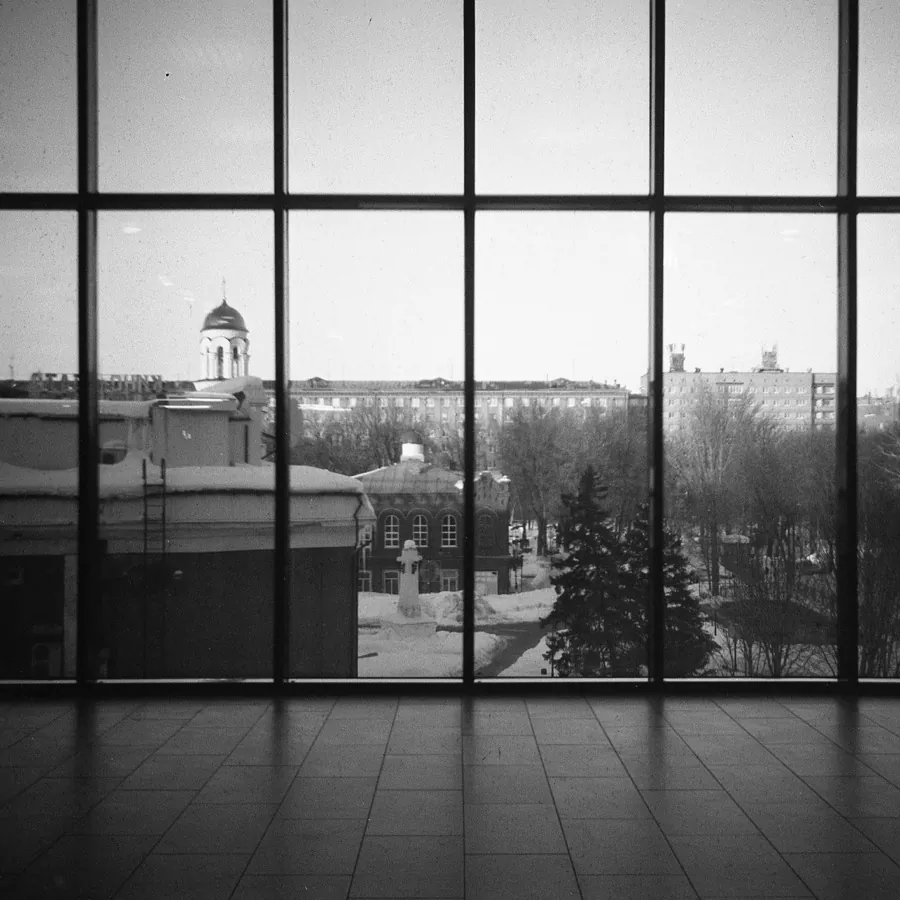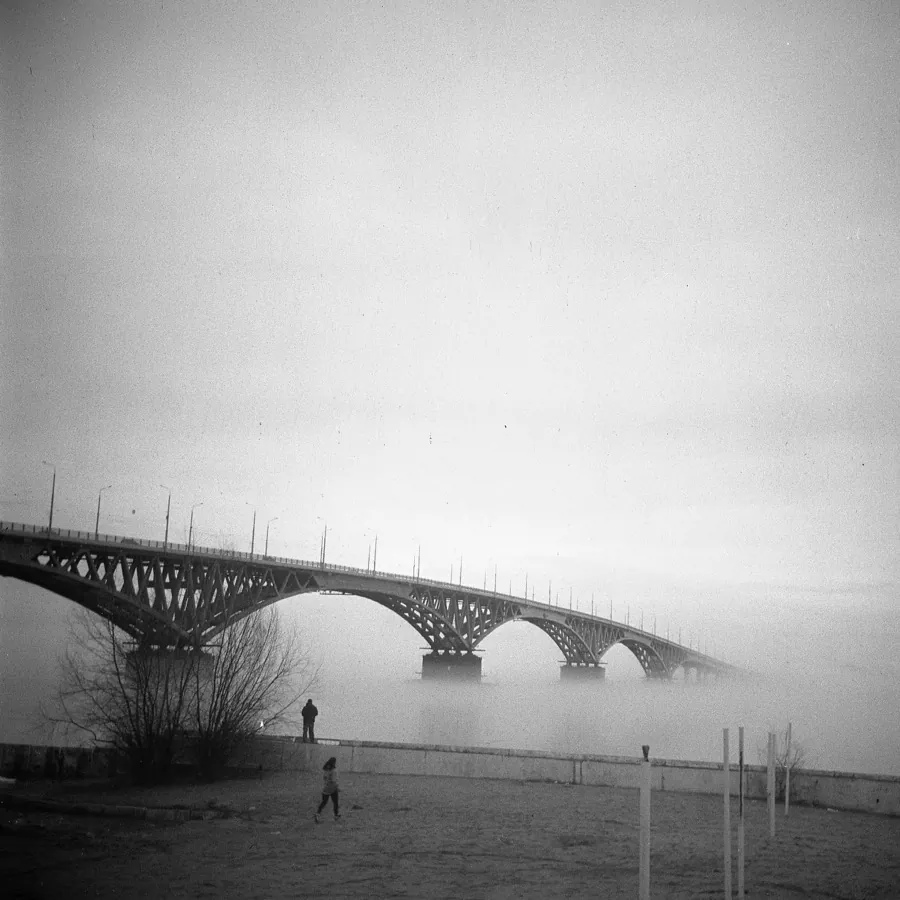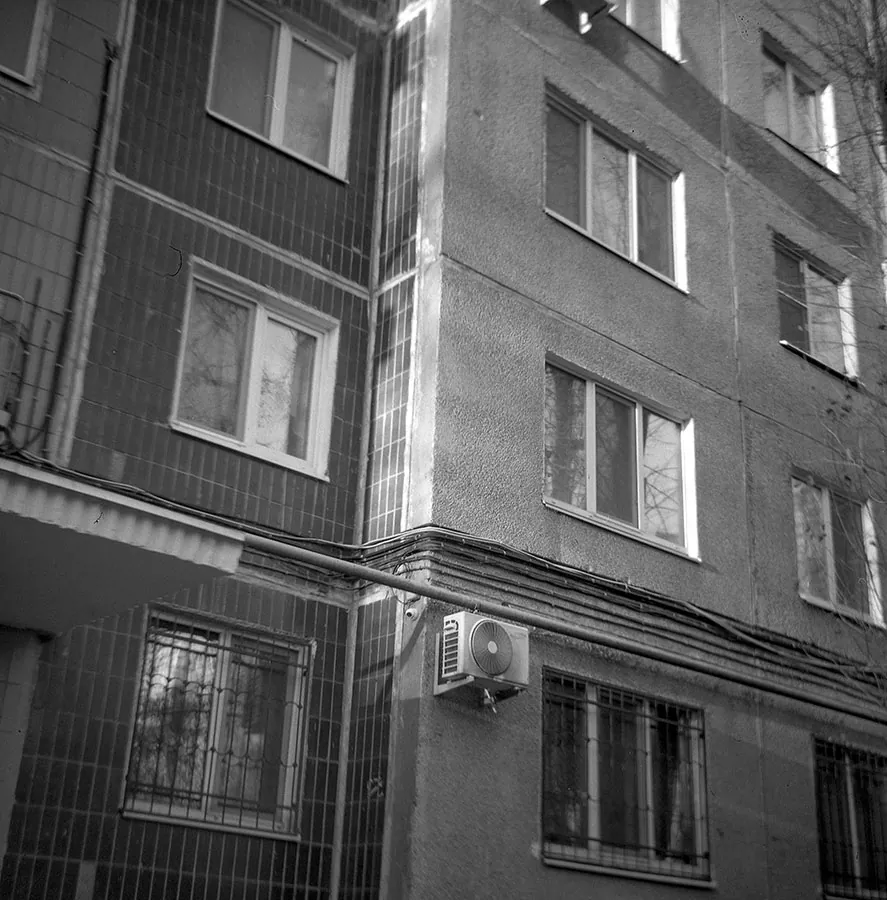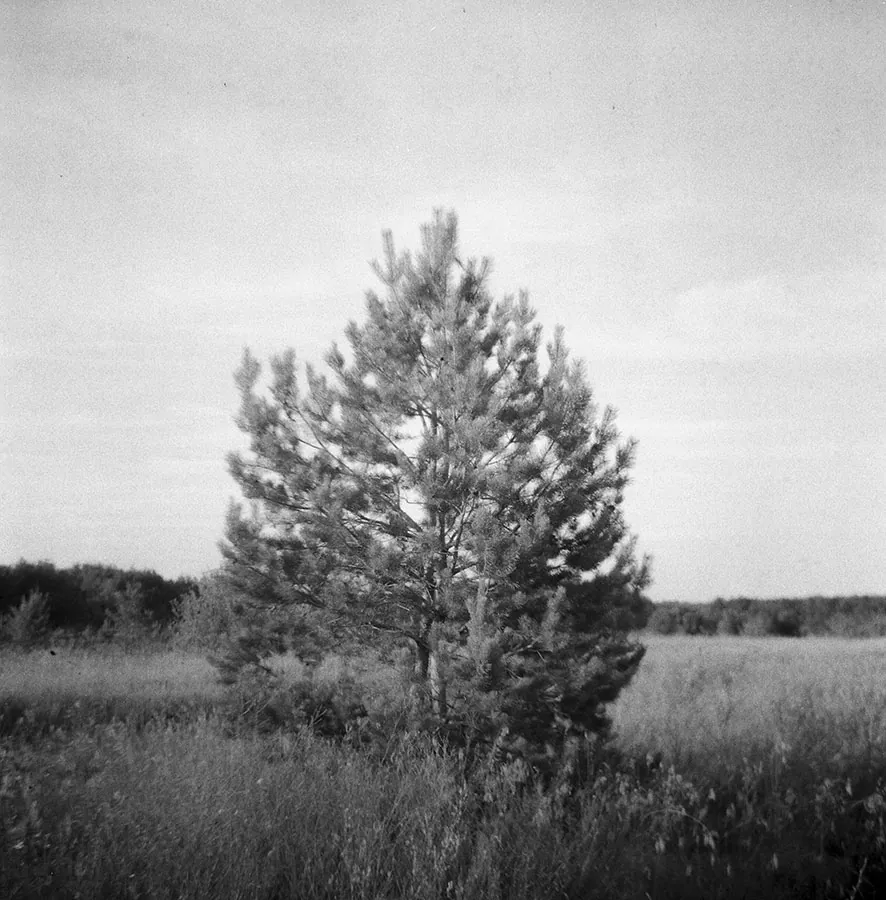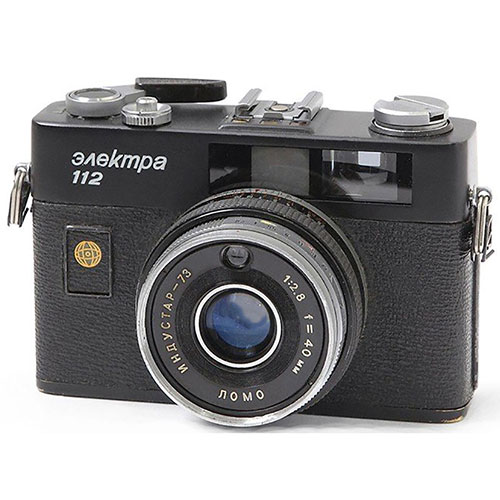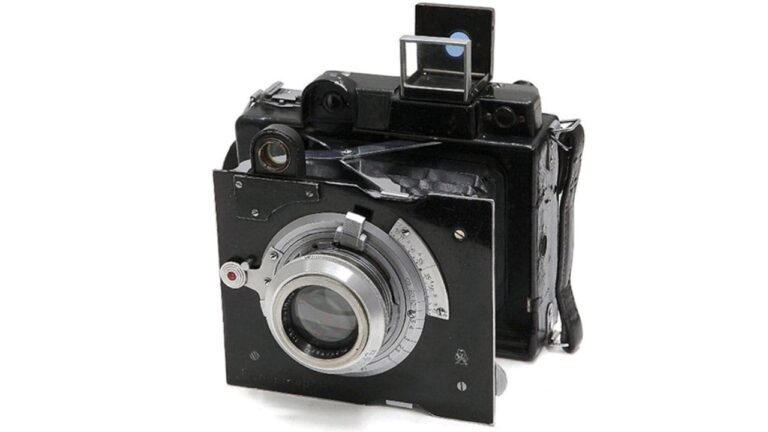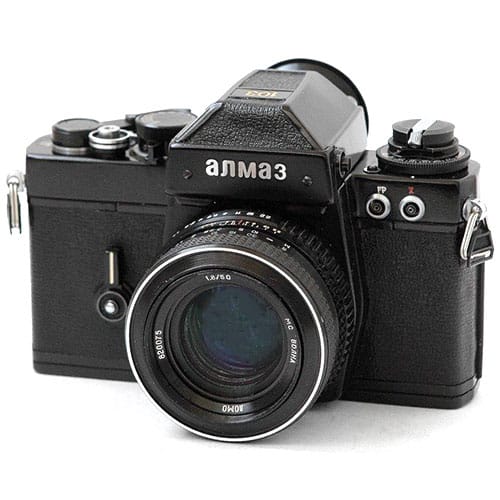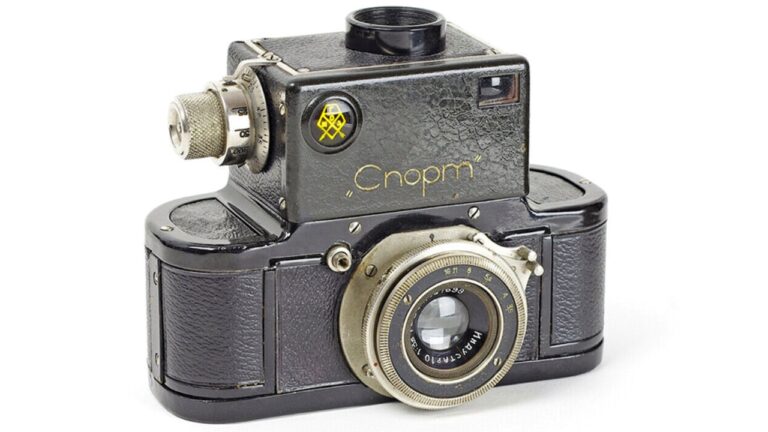Lubitel-166b
Lubitel-166b is a Soviet medium format twin-lens reflex camera, which is a simplified version of the Lubitel-166 camera.

After the LOMO factory realized that the Lubitel-166 camera was unreliable, it was decided to create a simpler but more reliable version and name it Lubitel-166b.
Lubitel-166u Specifications
- Type: 120 film TLR camera
- Manufacturer: LOMO plant
- Production period: 1980–1990
- Format: 6×6 cm on 120 film
- Lens mount: fixed lens
- Taking lens: T-22 f/4.5 75 mm
- Viewing lens: f/2.8 75 mm
- Shutter: leaf shutter with speeds from 1/15 to 1/250 sec.
- Viewfinder: waist-level finder
- Light meter: none
- Flash synchronization: sync socket “X”
- Self-timer: mechanical
- Weight: 608 grams
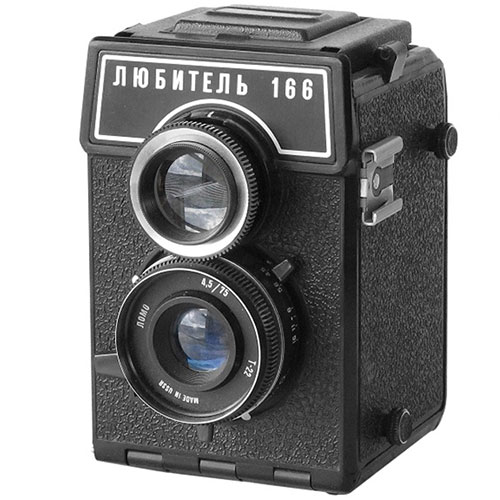
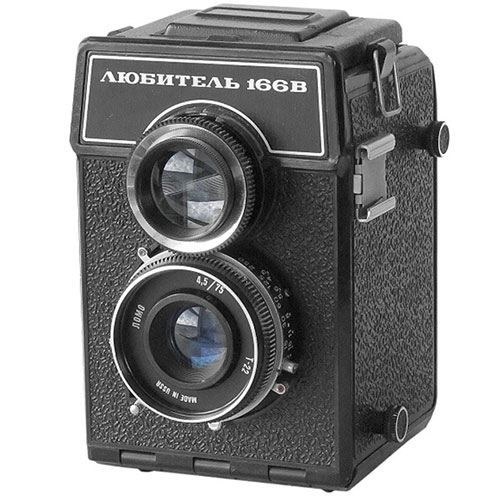
Lubitel-166 Overview
As we have repeatedly said, the Soviet Union never mastered the ability to create something both complex and reliable at the same time. The choice was always between something complicated but unreliable, or simple but solid and functional.
And of course, there are practically no major changes compared to the very first models – Lubitel-1 and Lubitel-2. The differences that do exist are mostly cosmetic.
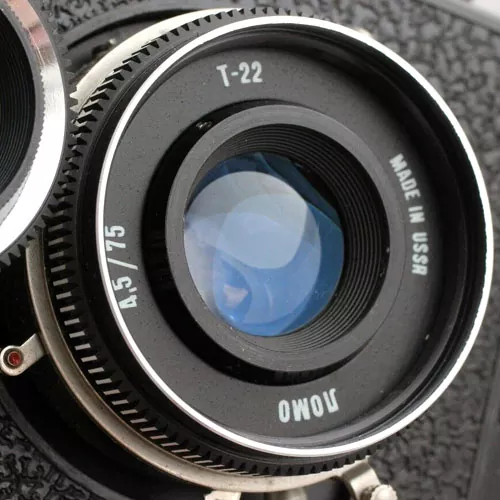
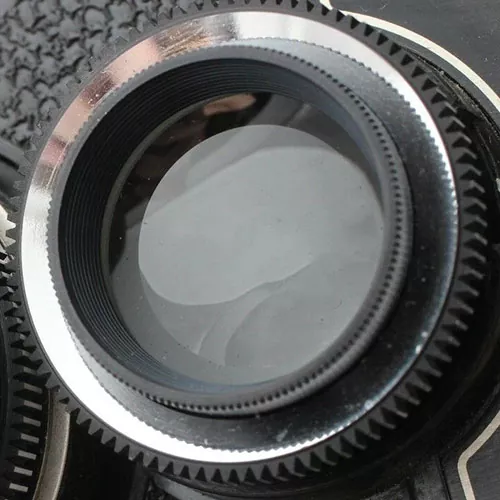
Despite its simplicity, the Lubitel-166B retains the characteristic charm of Soviet photographic equipment.
The influence of its distant ancestor, the Voigtländer Brillant, is still noticeable in this camera. Its straightforward mechanical design and uncomplicated operation make it a practical entry-level option for those interested in working with 120 film format photography.
Like earlier models in the series, the Lubitel-166B is built for medium-format film and follows the same twin-lens reflex layout established in the first post-war designs.
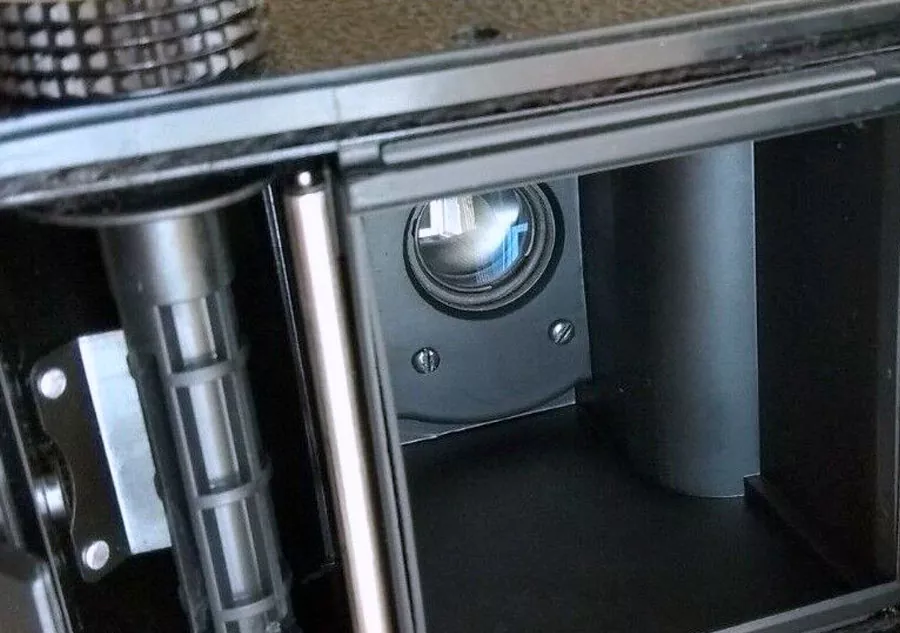
Lubitel-166B Lens
The Lubitel-166B is fitted with a Triplet T-22 4.5/75 mm lens, a three-element optic in three groups – the same optical design used throughout the Lubitel line since the 1950s.

The T-22 lens has a focal length of 75 mm, which on medium format is roughly equivalent to a 40 mm lens in 35 mm terms.
The aperture range is from f/4.5 to f/22, controlled by a small lever beneath the lens block. The focal length of 75 mm gives a moderate field of view on the 6×6 cm format, roughly equivalent to a 40 mm lens in 35 mm terms.

Despite its simplicity, this lens remains one of the defining features of the camera, known for really interesting images with a characteristic vintage rendering.
Stopping down to around f/8–f/11 noticeably improves image uniformity, while shooting wide open often leads to corner softness and visible spherical aberration.

But as we often note on our website, lenses tend to show their most distinctive characteristics when used wide open, and this one is no exception – at its widest aperture, it produces visually interesting images with a clearly recognizable classic mid-century rendering.
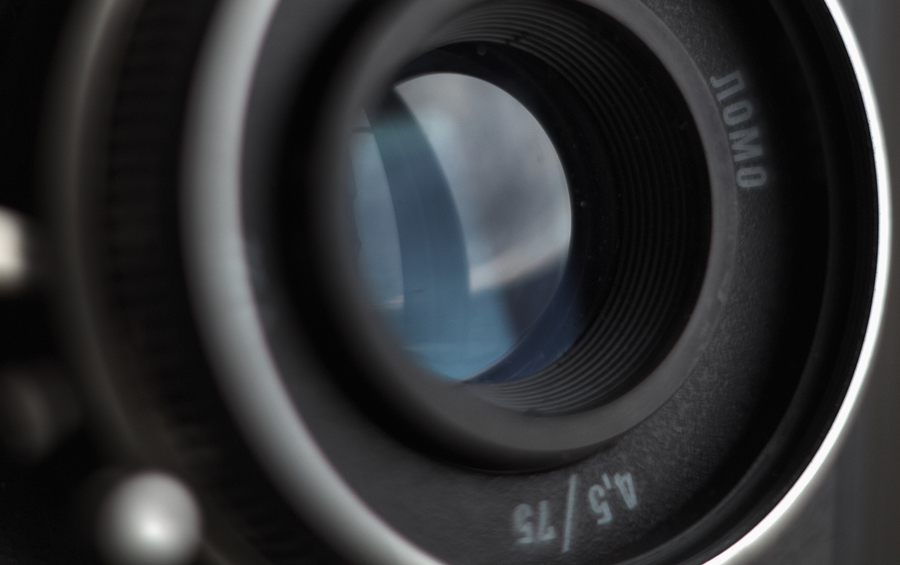
The viewing lens above the taking lens has the same focal length and a maximum aperture of f/2.8. Both lenses are connected through a geared mechanism, so turning the focus ring adjusts them simultaneously.
The focusing system is purely mechanical and manual, with a focusing range from 1.3 meters to infinity. In practical use, focus accuracy depends heavily on the photographer’s skill and on the condition of the ground-glass circle inside the viewfinder.

Although modest by modern standards, the Triplet T-22 performs well when stopped down to f/8–f/11, where it delivers even sharpness across most of the 6×6 cm frame.
Wide open, the corners soften slightly, but the center remains crisp – a look many photographers now value for its distinctly film-era aesthetic.
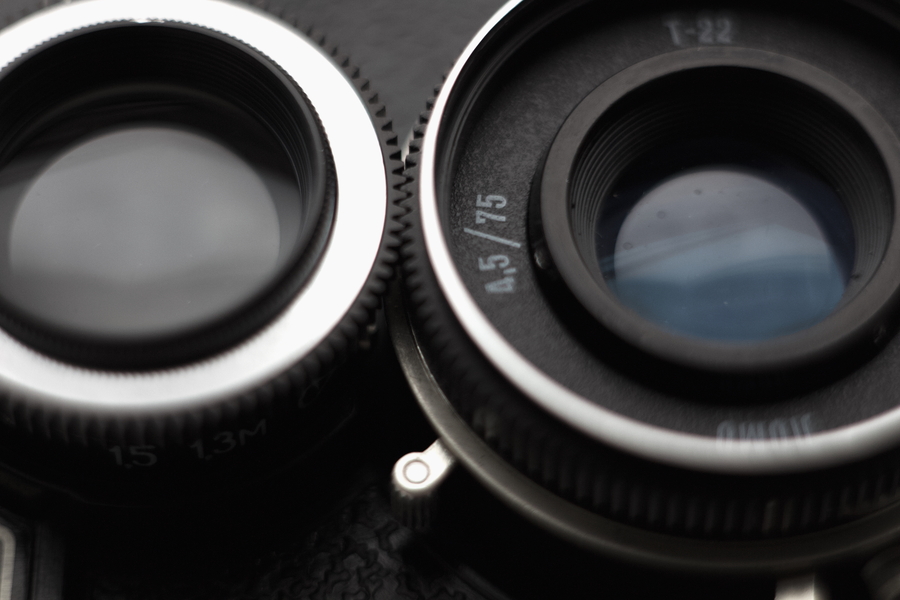
Coated glass elements help to reduce flare, though contrast remains moderate, especially in strong backlight. The lens performs best in diffused daylight, where it produces a neutral tonal grades and a recognizable medium-format look typical of late Soviet TLR cameras.
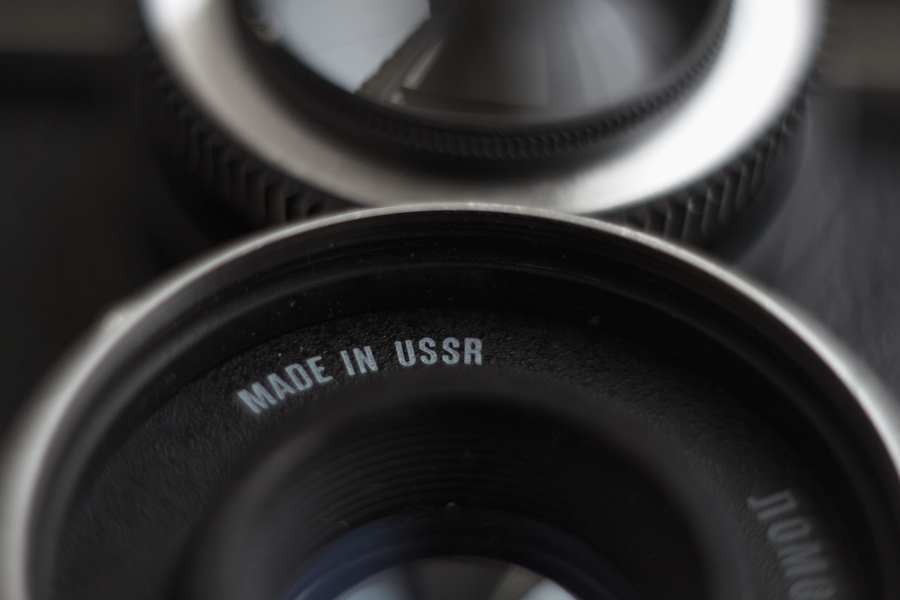
Lubitel-166B Shutter
The Lubitel-166B is equipped with a central leaf shutter located between the elements of the taking lens. It is a fully mechanical unit that operates without any electrical or automatic features, as in older Lubitel cameras.
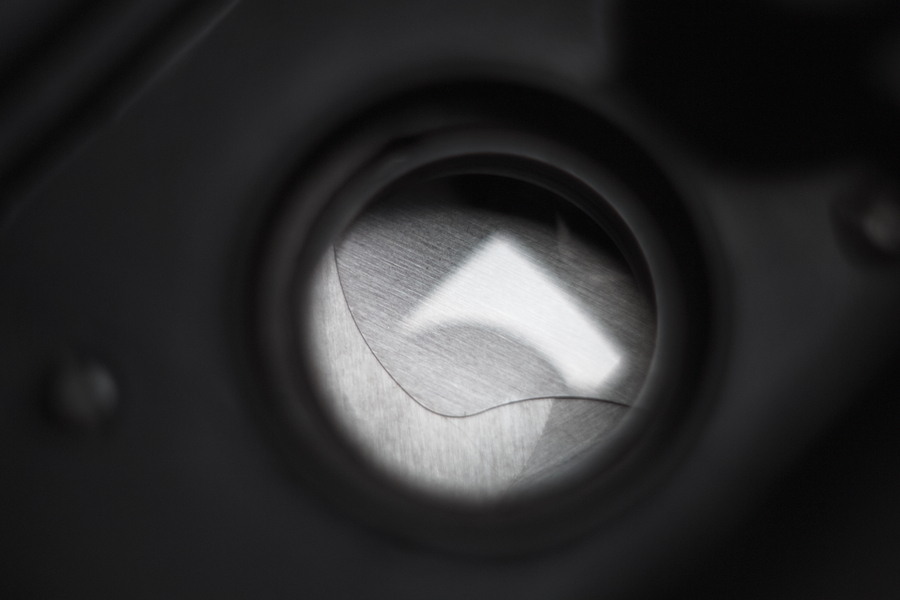
The shutter is cocked manually using a small lever beside the lens and released with a separate trigger positioned close to it. Both controls are small and require some precision when handled, especially in cold weather or while wearing gloves.
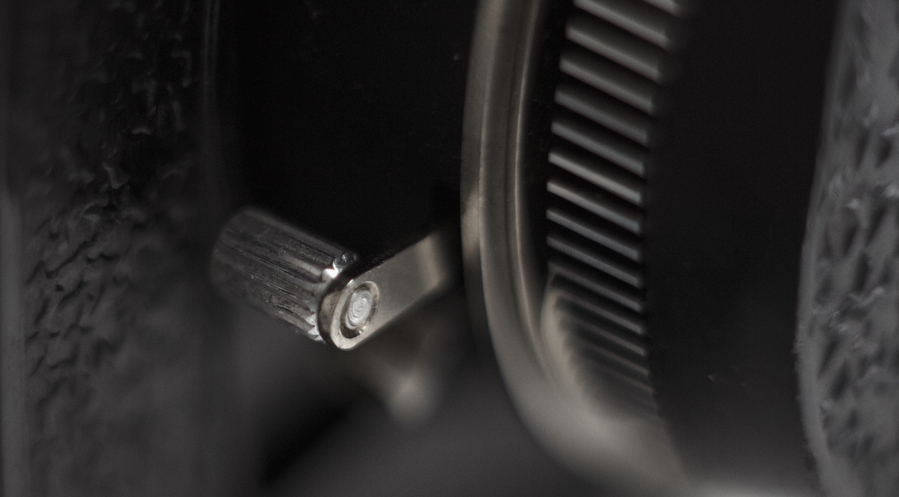
The shutter offers six speeds: 1/15, 1/30, 1/60, 1/125, 1/250 seconds, and Bulb (B). This range covers basic daylight and long-exposure shooting but does not extend to faster speeds common in more advanced medium-format cameras.
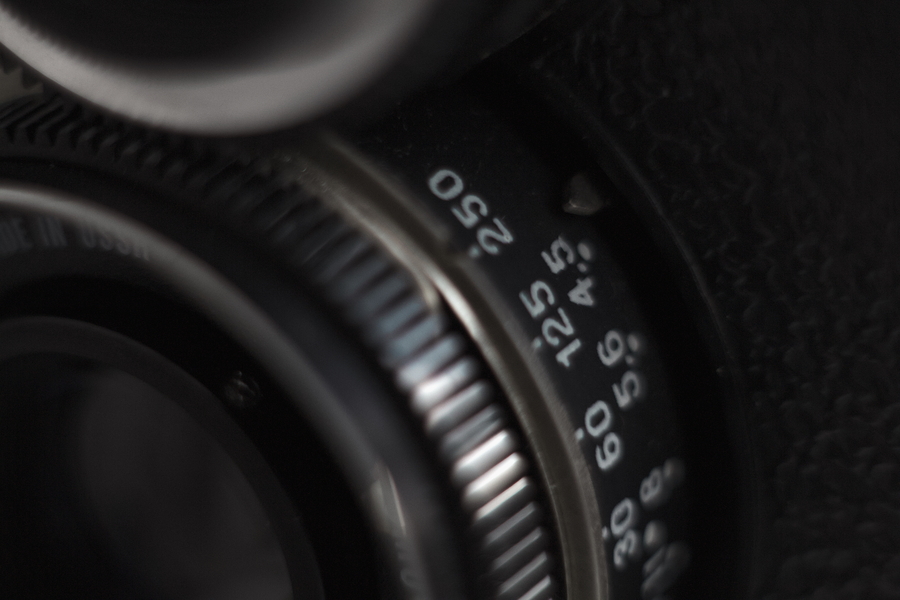
Speed adjustment is done with a narrow ring around the lens, marked with engraved numbers. The movement is mechanical and without detents, so setting the exact value relies on the user’s accuracy.
A simple mechanical self-timer is placed near the flash sync socket. The camera provides X-type synchronization, allowing flash use at any shutter speed, which is typical for leaf shutters.
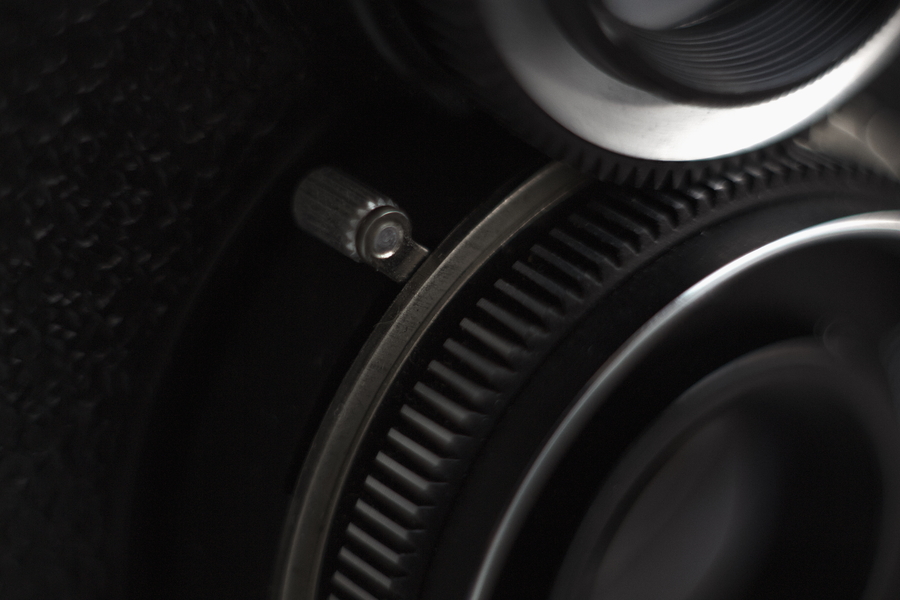
The design of the shutter is straightforward and robust but lacks refinement. Its operation produces a short, muted click rather than a precise snap.
Over time, the mechanism can become sluggish if not serviced, especially at slower speeds, since lubrication tends to dry out after decades of storage.

Camera Body and Controls
The Lubitel-166B has a plastic body with metal parts, typical for late-production LOMO cameras. The design and control elements follows the general layout of earlier Lubitel models. The camera remains compact and relatively light, weighing around 600 grams.

The waist-level finder opens upward with a folding hood made of thin metal. Inside is a simple composing screen with a small circular area in the center for focusing.
A folding magnifier helps refine focus when needed. The hood can also be used as a sports finder by viewing through a small rectangular window in its front section.
Film loading is done through a hinged back door, which opens downward. The camera uses 120 roll film, producing twelve 6×6 cm frames.
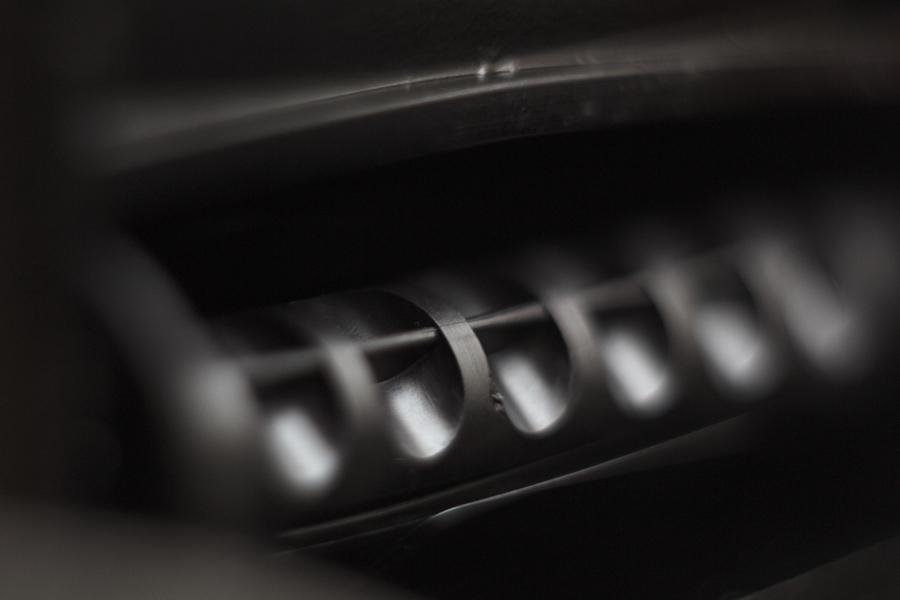
The film is advanced manually using a knob on the right side of the body. Unlike the previous Lubitel-166, the B version does not include a frame counter or automatic shutter interlock.
The photographer advances the film by observing frame numbers through a red window on the rear panel. The cold shoe for attaching the flash and additional devices are located on the right side.
The tripod socket on the base plate accepts a standard 1/4-inch screw. There is no built-in light meter. The viewfinder, knobs, and shutter controls are entirely mechanical and require deliberate handling.
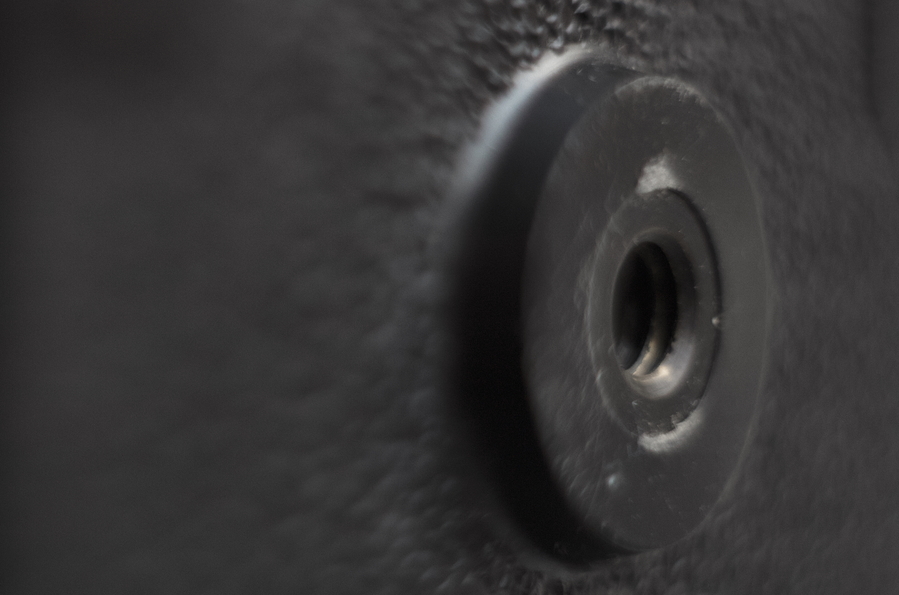
Conclusion
Despite the fact that the lens has an aperture of 4.5, and the maximum shutter speed is 250, this is quite enough for a leisurely shoot.
Of course, it would be great if this camera had a faster lens and a larger set of shutter speeds. It would also be very nice if this camera had a metal body, a full-fledged focusing screen, a frame counter, and so on. But of course, then this camera would not be worth as a couple of hamburgers.
The charm of this camera, like all other cameras of the Lubitel and Smena family, lies precisely in the fact that at such a ridiculous cost, they give a truly decent result.
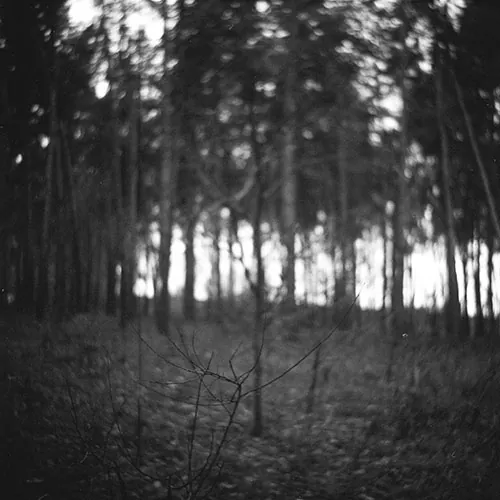
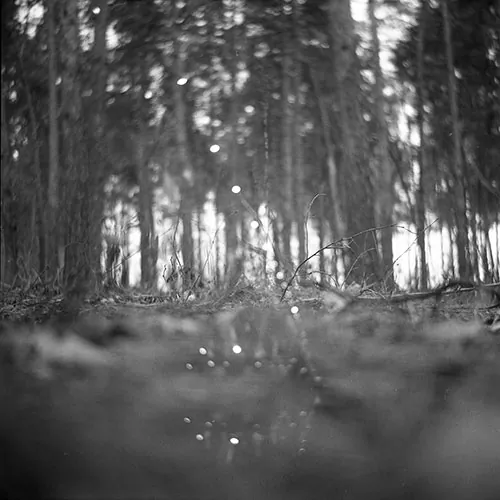
The biggest problem is that when buying this camera you will have to adjust the lens, and focusing with a small dark ground glass circle is not a particularly easy task.
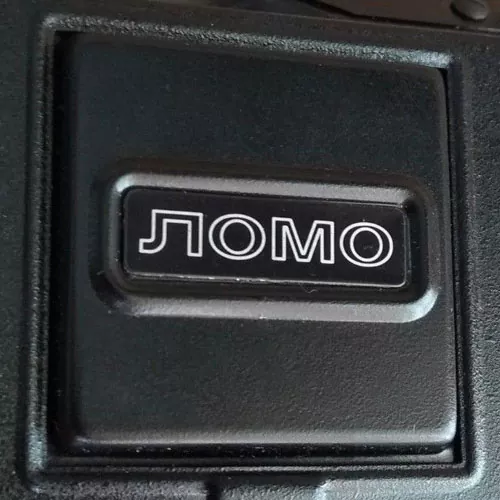
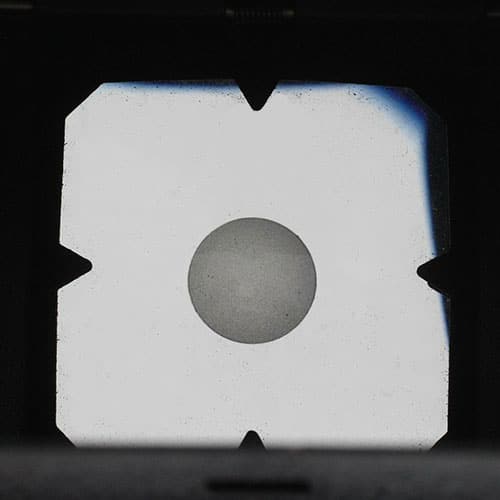
Lubitel-166b is an excellent camera in order to get acquainted with the classic Soviet photographic equipment. Yes, the camera is very simple. But at the same time, it has a unique charm and style.


